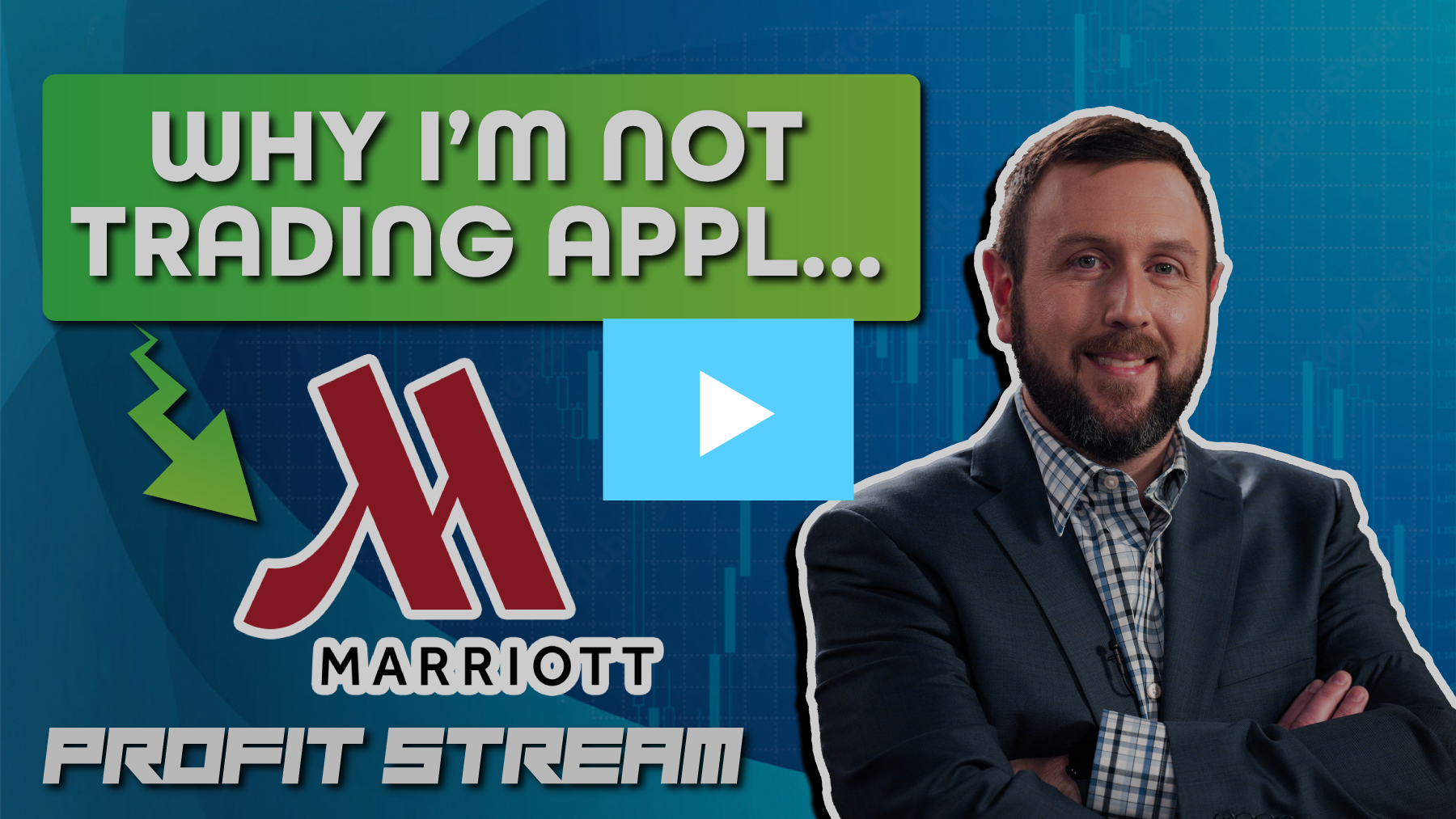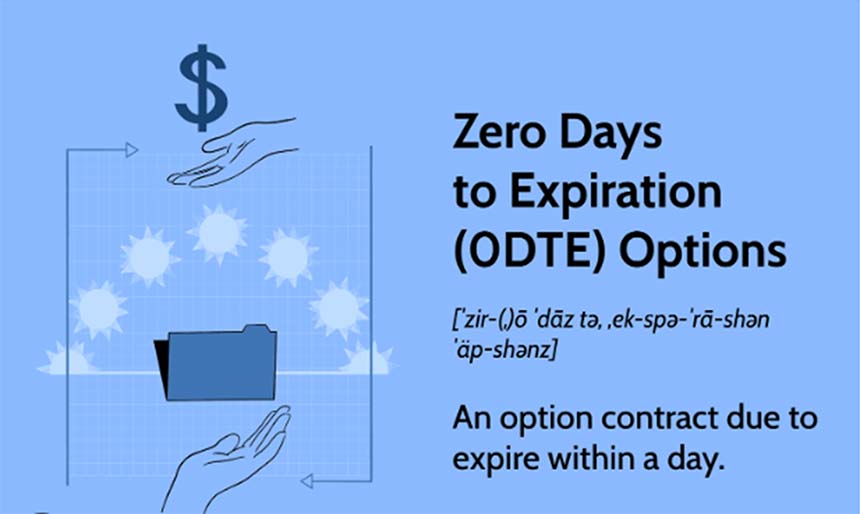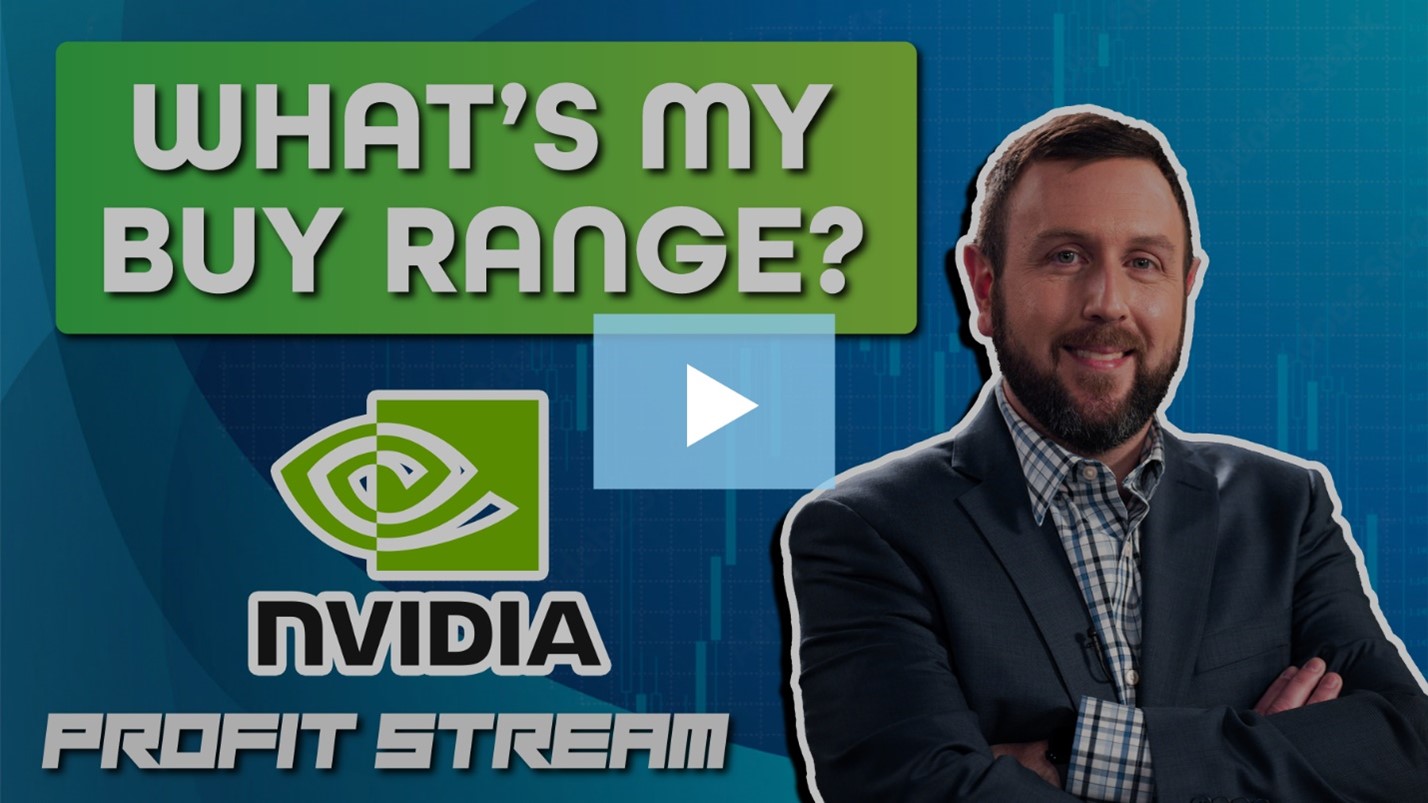The 3 Types of Stop Losses
Yesterday, in part one of my two-part stop loss series, I talked about the 5 reasons to use stop losses.
Hopefully I showed you the main benefits of minimizing risk in your trades.
In today’s Part II article, I’ll be going over the 3 most common stop loss types.
I use these all the time in The War Room and I’ll also go over some additional conditions you can use to find out what works for your own risk tolerance.
First, I must reiterate… stop orders can be a useful tool for managing risk and protecting profits in trading.
However, whether they are a good idea depends on various factors such as the trader’s strategy, risk tolerance, market conditions, and the specific use case.
In the case of stock and options trading, there are three types of stops used by traders.
Three Types of Stop Losses
- Stop-Loss Order: This is an order placed with a broker to sell a security when it reaches a certain price. It’s used to limit potential losses if the price moves against the position.
- Limit Order: While not technically a stop order, it’s often used in conjunction with stop orders. A limit order is an order to buy or sell a security at a specified price or better. In the context of stops, a trader might place a limit order to buy or sell at a specific price after a stop order has been triggered.
- Trailing Stop: This is a dynamic stop-loss order set at a fixed percentage or dollar amount away from the current market price. It adjusts automatically as the price of the security moves in the trader’s favor. Trailing stops are particularly useful for locking in profits while allowing for potential further gains.
Options traders can also consider these types of stops:
Percentage-Based Stop Loss: Set a percentage threshold for the maximum loss you are willing to accept on a trade. If the option’s value decreases by that percentage, trigger the stop loss.
Volatility-Based Stop Loss: Use measures like the Average True Range (ATR) or historical volatility to set stop loss levels. Options with higher volatility may require wider stop loss levels to account for price fluctuations.
Support and Resistance Levels: Identify key support and resistance levels on the price chart. Place stop loss orders just below support levels for long positions and just above resistance levels for short positions.
Time-Based Stop Loss: If the option trade doesn’t move in the expected direction within a specified timeframe, consider closing the position to limit further losses.
Event-Based Stop Loss: Set stop loss orders based on specific events such as earnings announcements, economic reports, or regulatory decisions that could significantly impact the option’s price.
Ultimately, whether stop orders are a good idea depends on the individual trader’s preferences, risk management approach, and understanding of market dynamics. It’s important for traders to carefully consider the pros and cons and to use stop orders in conjunction with other risk management techniques.
![]()
YOUR ACTION PLAN
If you want to see how Bryan and I execute stop losses in real time, I invite you check out The War Room. Here you’ll be able to follow along with a community of like-minded traders. Our moderators are available during trading hours every day to answer your questions and get you comfortable trading.
Click here to unlock The War Room.
FUN FACT FRIDAY
The S&P 500 has moved highest in April (percentage wise) in 16 of the last 20 years (80%) and has an average gain of 2%. The NYSE Composite has the same statistics. The Nasdaq 100 has a slightly lower “win rate” in April, but the same average return.
More from Trade of the Day
The No. 1 Insider Stock for 2024?
Jul 26, 2024
Why I’m Buying This 3-month Trigger Catalyst
Jul 24, 2024
Jul 23, 2024

























